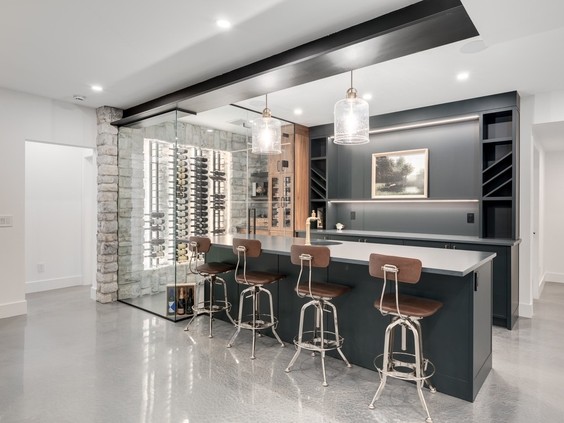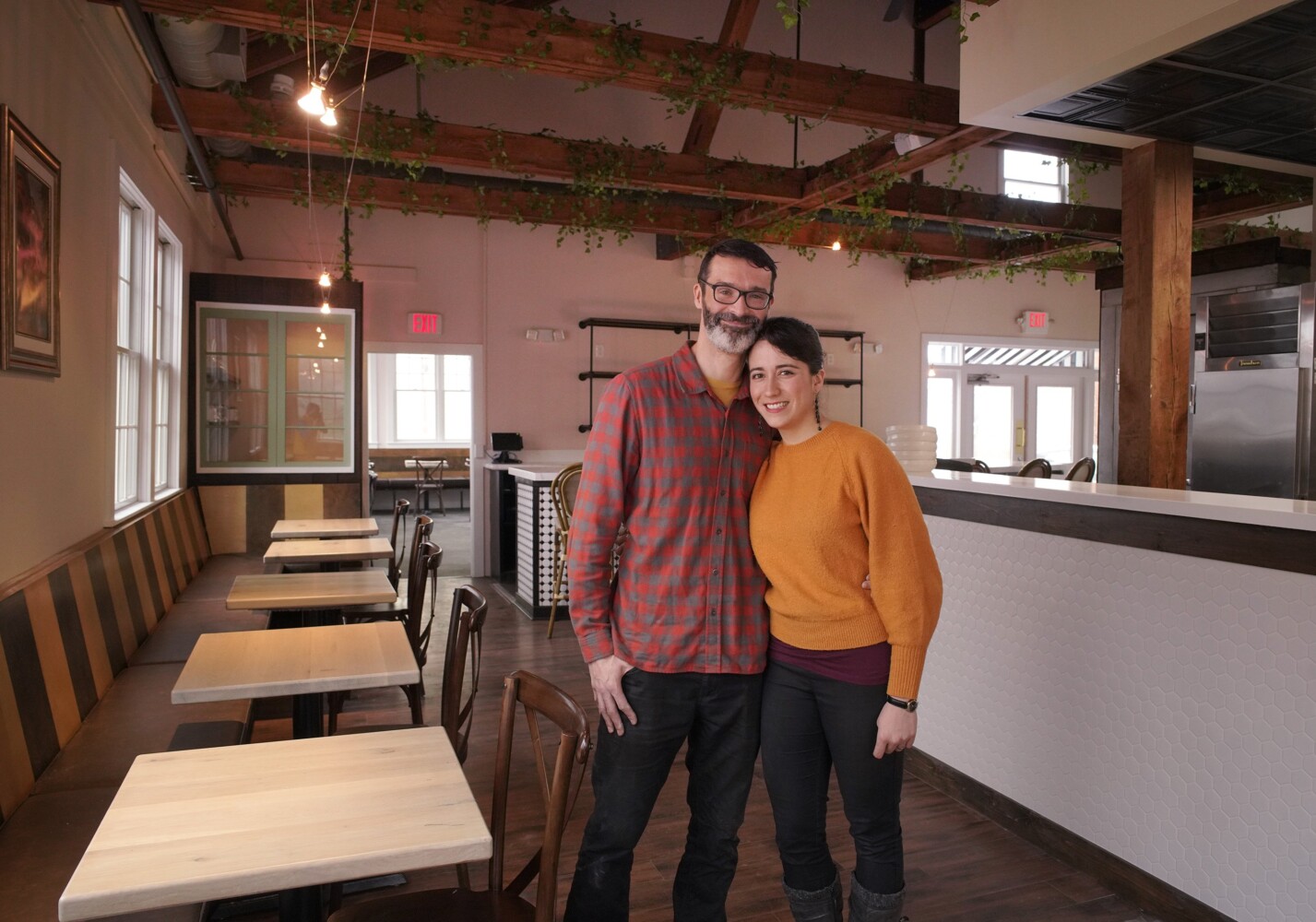It’s often a top-of-mind conundrum for buyers of new build homes — whether or not to have the builder finish the basement during the new build process or wait and either DIY it or have a contractor do it at some point down the road. “I get calls from people all of the time asking this and it’s a great question,” says Tom Welling, general manager of renovations at Renova Homes and Renovations, a Calgary-based home builder and renovator, noting that he has experience creating basements as both a new home builder and as a renovator. Plus, he is a former new home warranty inspector.
“So I’ve seen it all when it comes to basements — the good and the bad,” he says with a laugh. “I think you have to think of it from this perspective: You’ve got a builder building your house and this is the same challenge whether you are building a custom home or renovating. The initial price shock scares people.

So, then they are counting their beans and then they say: ‘You know what? We’re are going to put off the basement development.’ And then they take possession of the house and wish they had done it,” says Welling. The cost of finishing the lower-level will definitely add to the home-building budget, but it is typically money well-spent.
It increases a home’s value and if the lower level is designed as a legal secondary suite, the financial return as a mortgage helper can be significant. Plus, there is the convenience of having the basement completed when you take possession, allowing you and your family utilize the space. It’s possible to roll the cost of the basement into the home’s overall financing, but for many, qualifying at the higher value (with the asset value of the finished basement) may be an issue.
“But know that the price of finishing the basement after a home is built is going to cost you $30,000 to $40,000 more,” says Welling. “So you need to weigh that out. To do the construction in the new build cycle, it is much less expensive.
When you wait until after, it’s like doing a full renovation after you’ve just built your house. You have to bring all of the trades back on site.” Not to mention the noise and the dust.
But, if you decide to wait, there are several pluses to this scenario. The first being that waiting to finish the lower level gives the home’s foundation time to “cure,” and settle and any cracks or leaks in the lower-level will be obvious in the unfinished state. Secondly, it allows the homeowner to get a feel for how the lower-level space will be used by the family, which isn’t always apparent from the get-go.
This is key to creating a good design that works for the home’s flow and for optimum use of the space. The third plus is that it allows for more time to save for the construction and finishing. To keep costs down, Welling suggests having the builder complete all of the lower-level infrastructure during the new build process — plumbing rough-ins, wall framing, heating systems and so forth.
“It helps to know if you are wanting a secondary suite because that comes with several safety must-haves, everything from egress windows to a separate heating system and separate entrance,” says Welling. If the lower level is a legal secondary suite, the City of Calgary can help to defray some of the costs for implementing safety features through its secondary suite incentive program, which provides up to $10,000 for secondary suite development. Funds are designated for costs associated with installing the required safety elements that weren’t in the space prior to the application for the building permit.
According to the city’s website, qualifying safety elements include egress windows (up to $1,500), hardwired and interconnected smoke and carbon monoxide alarms (up to $1,000), protected exiting (up to $1,000), smoke-tight barrier (up to $4,000), split-heat and separate air (up to $6,000) with a total reimbursement not exceeding $10,000. However, there is also additional funding available for accessibility and energy efficiency features. At this time, backyard suites are not included in the incentive program.
More information on the secondary suite incentive program can be found on the City of Calgary’s website at calgary.ca. The final key piece in the puzzle is all about hiring a competent renovator.
“Definitely bring in a contractor who is experienced and who has established relationships with trades. That’s one of the big problems right now is finding tradespeople to do the work. Everyone is so busy.
Word of mouth referrals is a great place to start and get a ball park estimate with a detailed description of what that price would include,” says Welling..
Food

Is it better to finish the basement as part of the build or later on?

There are pros and cons to deciding when to finish the basement.















